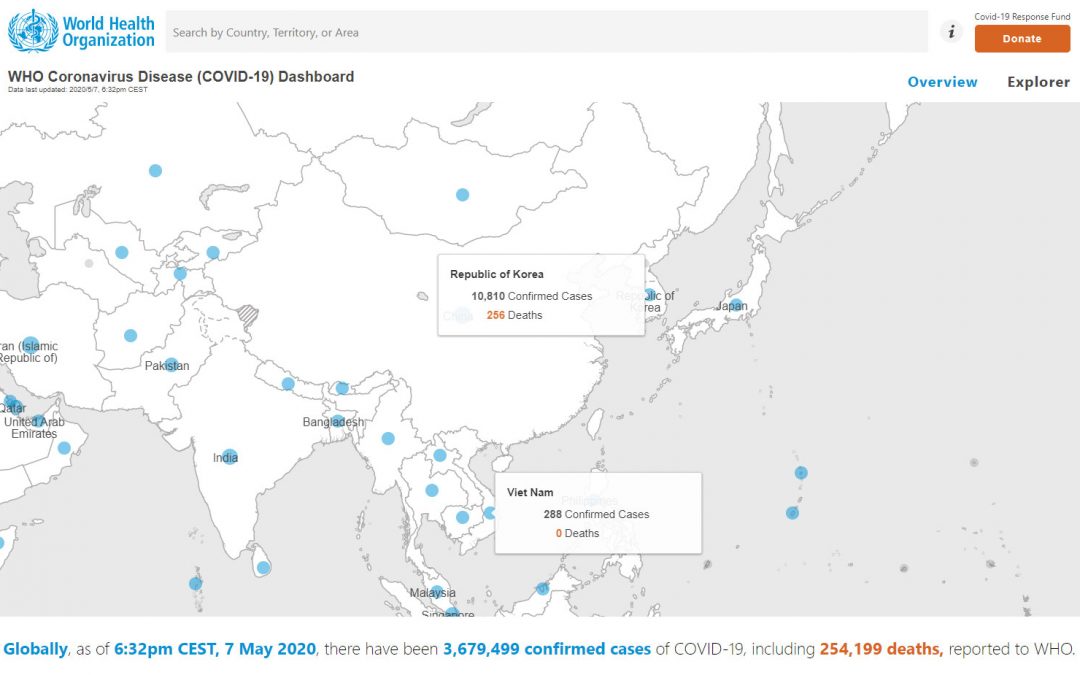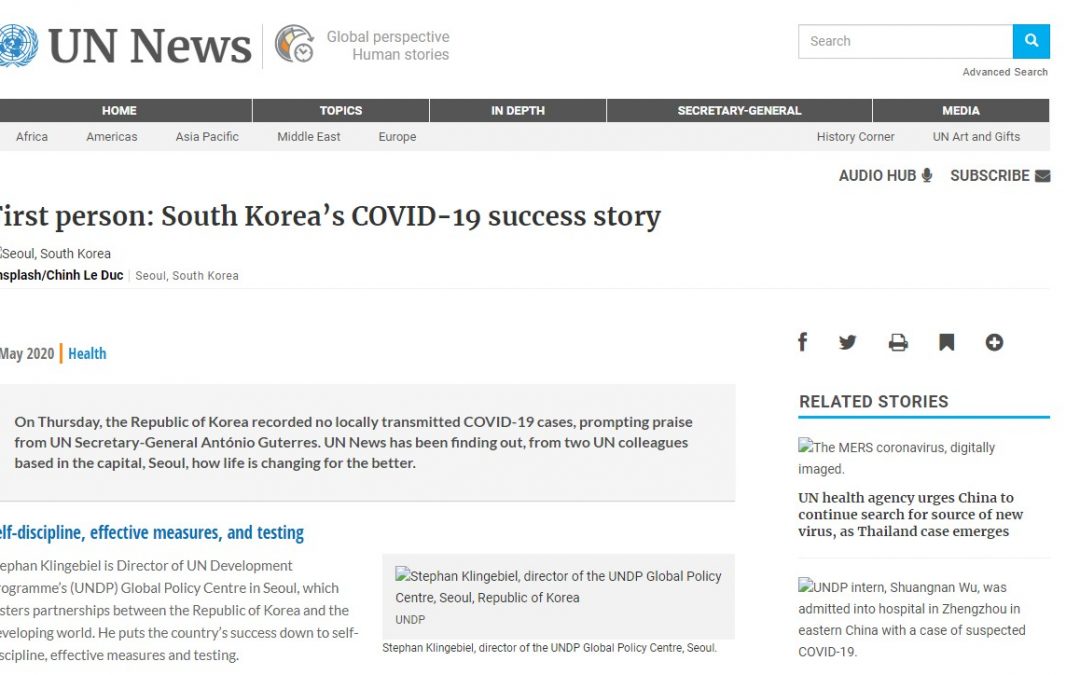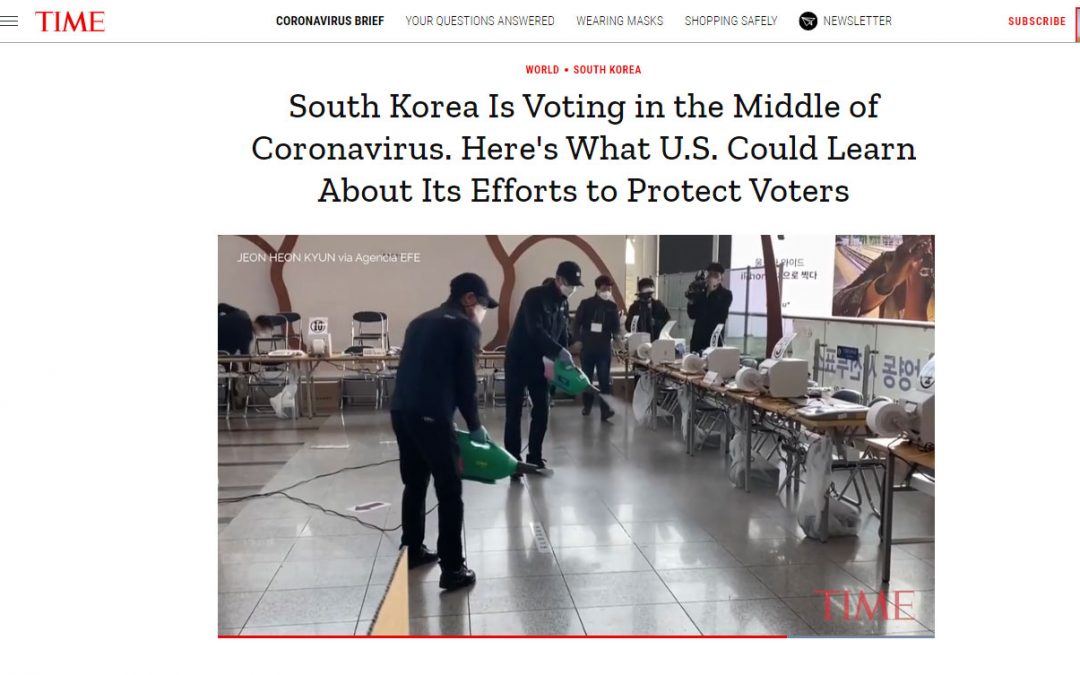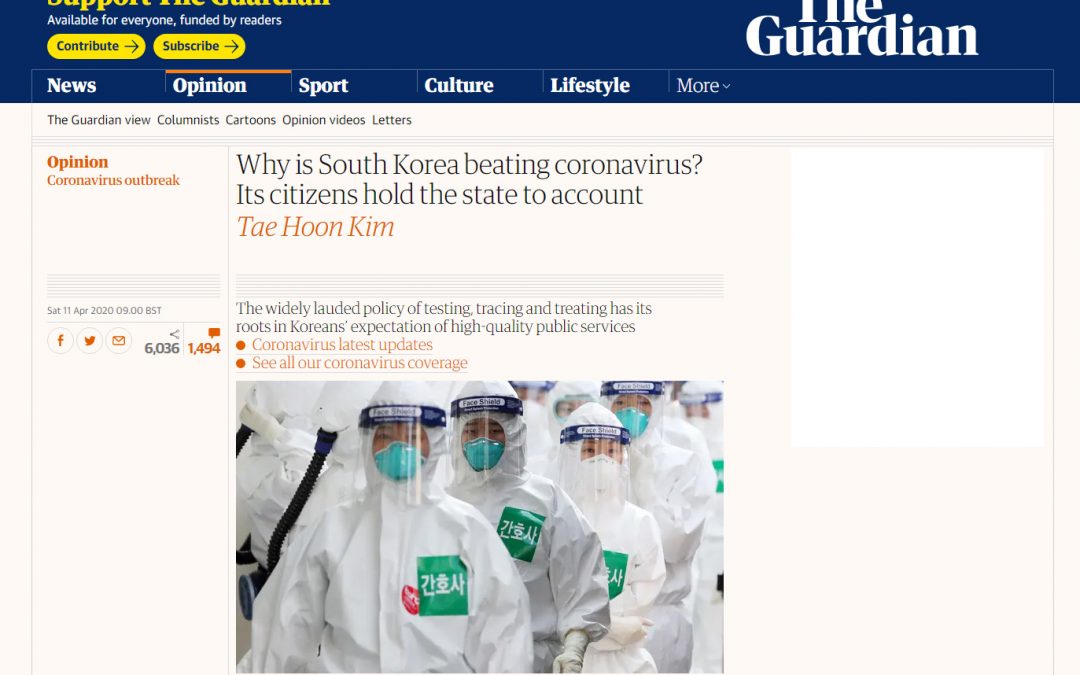
Factors that South Korea and Vietnam have succeeded in controlling COVID-19
Asian Soft Power Grows in the Coronavirus Era
| Eyes of World |

South Korea has been paid much attention from foreign media since the surge of the number of cases of COVID-19. While, in the past, Korea was considered as the epicenter of the virus, however, now they are praised for succeeding in controlling COVID-19. Indeed, according to the government’s announcement on May 1, South Korea recorded zero case in the country for the first time in 72 days, with the number of daily cases remaining around 10 for more than two weeks.
Likewise South Korea, foreign media recently focuses on another country that contains the spread of the virus. It is Vietnam, where has recorded 271 cases in total so far with no death. Moreover, there have had no cases for nearly three weeks in Vietnam.
Then, what is the keys how two countries have succeed in controlling COVID-19?
First of all, it is believed that an massive diagnostic test has played a key role. As reported by many foreign media, South Korean has aggressively traced the contacts of confirmed cases of the virus and tested all of them who would be possibly infected since the beginning of COVID-19. Vietnam has also actively dealt with the outbreak of the virus and conducted massive tests. On May 2, the Yonhap News Agency from South Korea reported that the number of “COVID-19 tests per confirmed case” stood at 966.7 cases in Vietnam, overwhelming compared to other countries, including 147.6 for Taiwan, 123.9 for New Zealand and 57.8 for South Korea.
Massive diagnostic tests can detect infected people in the early stages, reducing the possibility of its transmission. Especially, it can stop its spread through the early detection of the infected, even if they do not or have mild symptoms, and furthermore, they can be easily cured due to the early treatment. On March 17, the Times in the U.S. reported that diagnostic tests can determine where the infected person got the virus, letting the authorities know where to focus to cut the transmission cycle. In addition, they mentioned that the outbreak of the virus can be prevented by finding the infected people who have mild symptoms and isolating them immediately.
Another factor of its success is that both countries have takes active and appropriate measures to handle COVID-19 from its early stage. Firstly, South Korea have successfully contained the spread of virus through a series of aggressive and proper measures, such as tracking all contacts, conducting massive tests, identifying the movement of the confirmed patients and share the information with the public in real time.
Secondly, Vietnam has also continuously implemented active measures for tackling COVID-19. The Guardians from the UK reported that while other countries are struggling to cope with the current outbreak of the virus with intensive measures like lockdown, Vietnam is focusing on prevention of its outbreak in the country in advance. In the article, it is also said that Vietnam has succeeded in containing its spread with the combination of forced measures, such as mandatory wearing of masks, banning large gatherings like religious activities and festivals, and creative campaigns such as publishing handwashing songs.
As such, it seems that South Korea and Vietnam have commonly overcome its crisis caused by COVID-19. Korean government has recently announced that they ease their social distance policy and encourage people to keep distance in daily life, and also will open the schools from next week in sequence based on the grades. Moreover, Vietnam also announced that they have clearly beaten COVID-19 after more than two weeks with zero confirmed case.







